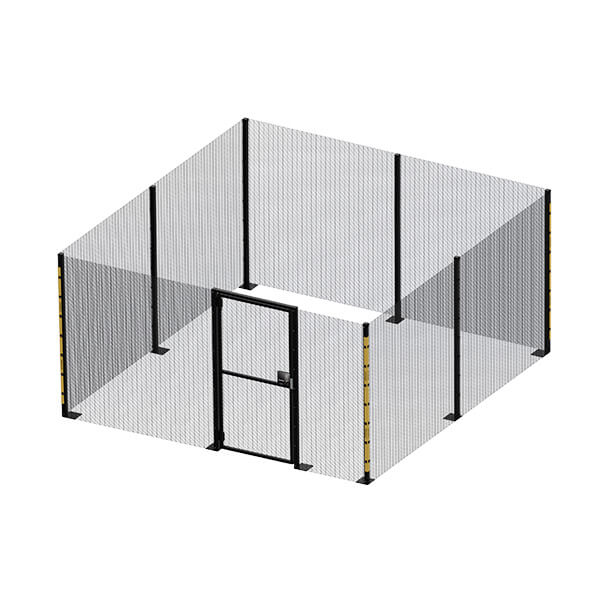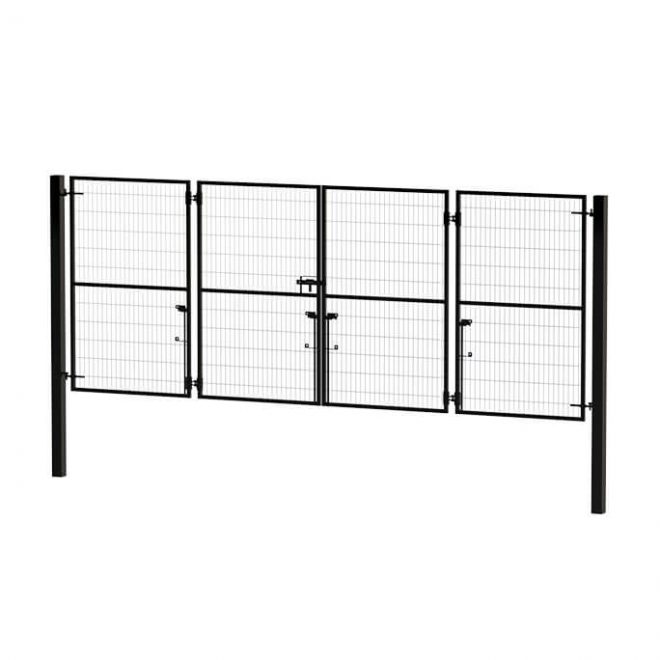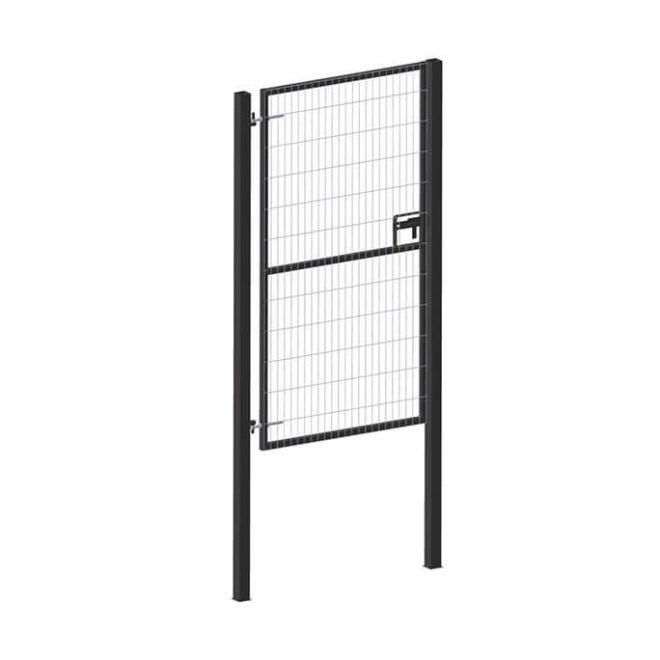Published:
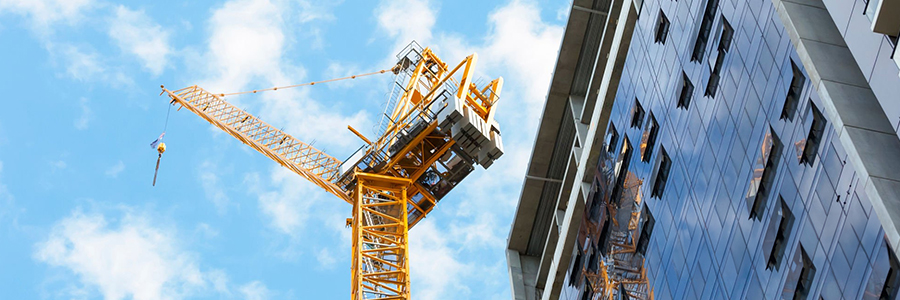
Tower cranes are a familiar feature of large-scale construction projects, playing a vital role in keeping operations moving. However, these essential structures come with unique safety and security challenges — particularly at ground level.
From unauthorised access and dangerous thrill-seeking to fire hazards caused by flammable barriers, it’s becoming ever more apparent that the base of a crane demands robust, fire-resistant protection. A secure surround isn’t just a precaution — it’s a necessity for responsible site management.
A Growing Problem: Unauthorised Crane Climbing
In recent years, construction sites have seen a worrying rise in incidents involving people illegally accessing and climbing tower cranes. These intrusions, often occurring at night or during weekends, are driven by:
- Thrill-seekers and urban explorers chasing viral social media content.
- Protesters looking to make a public statement.
- Opportunists taking advantage of poor site security
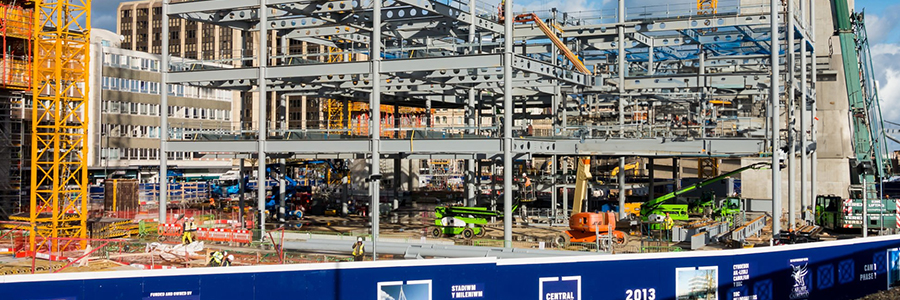
The Risks of Crane Climbing
These situations can quickly escalate and lead to serious consequences:
- Fatal falls: Tower cranes are not designed to be accessed by untrained individuals. One slip can lead to tragic consequences.
- Damage to the crane: Intruders can damage safety rails, access ladders or control systems, putting future crane operations at risk.
- Legal and reputational impact: If someone is injured or killed, the contractor may face not only legal liability but serious harm to their company’s reputation.
Real-World Incidents
These are not hypothetical risks. Here are just a few examples:
 London Urban Climbers Incident (2017)
London Urban Climbers Incident (2017)
A group of YouTubers climbed a tower crane in South London, recording and posting their stunt online. While no injuries occurred, the incident raised serious questions about site security.
Watch the footage
 Man Dies after Falling from Building Site Crane – Leeds (2024)
Man Dies after Falling from Building Site Crane – Leeds (2024)
A fire near a crane base on a city centre development was worsened by nearby timber hoarding and waste materials. The site was shut down for weeks, and the contractor had to review safety procedures across multiple sites.
Read the article
 Trespasser Dies in Crane Fall – Willmott Dixon Site (2025)
Trespasser Dies in Crane Fall – Willmott Dixon Site (2025)
Tragically, a man lost his life after breaking into a construction site in Manchester and falling from a crane. The incident is a stark reminder of the consequences of poor access control.
Read the article
Fire Safety at the Crane Base: Timber Isn’t Always the Right Choice
Timber hoarding is often used to surround crane bases because it’s affordable, easy to install, and provides visual screening. However, despite its convenience, it brings with it a number of serious fire safety concerns — especially on busy construction sites where hot works are carried out.
Why Flammable Barriers Pose a Risk
- Highly flammable: Timber and other combustible barriers can ignite from hot works such as welding or grinding, or from nearby electrical faults.
- Blocks emergency access: Solid hoardings can obstruct escape routes and make it harder for fire and rescue teams to respond quickly.
- Adds fuel to fire: Accumulated waste, packaging, or fuel containers stored nearby can turn the crane base into a fire hazard zone.
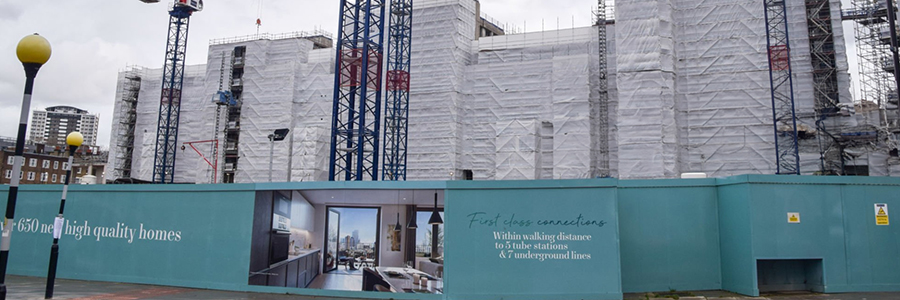
What the Law Says
Contractors have clear legal duties to manage both fire and security risks around tower cranes. These regulations support safer site practices:
Construction (Design & Management) Regulations 2015 (CDM 2015)
- Requires that all potential fire risks be identified and controlled.
- States that hoardings must not obstruct emergency routes or fire service access.
Regulatory Reform (Fire Safety) Order 2005
- Makes it a legal duty to carry out fire risk assessments — including crane areas.
- Places responsibility on the contractor to reduce fire hazards.
Building Safety Act 2022
- Introduced to raise safety standards across all stages of construction.
- Emphasises fire prevention through better material selection and more accountable planning.
A Contractor’s Duty of Care
As the legal occupier of the site, the main contractor is responsible for ensuring all security and safety risks are properly managed. That includes:
- Installing effective access controls to tower cranes.
- Allowing safe and easy access for crane operators and maintenance teams.
- Considering site-specific risks like wind loadings when planning barriers or fencing.
Best Practice Recommendations
To keep your site safe, consider the following practical steps:
- Use fire-resistant materials like steel mesh instead of timber.
- Install lockable gates for authorised personnel only.
- Keep escape routes and fire equipment visible and accessible.
- Avoid storing flammable materials near the crane base.
- Update fire risk assessments regularly as the site progresses.
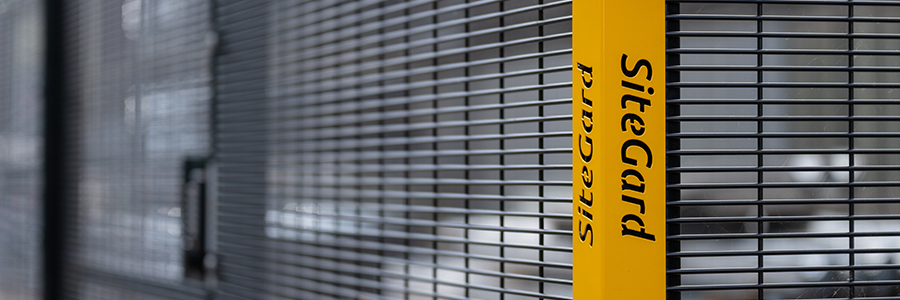
Smarter Alternatives
Non-combustible options like steel mesh panels or perforated metal fencing provide a much safer solution. They deliver strong physical security without contributing to fire risk — and they allow better visibility for monitoring and emergency access.
 SiteGard CraneGard
SiteGard CraneGard
CraneGard is designed to provide reliable tower crane base protection and controlled site access, overcoming the limitations often associated with traditional hoarding.
Available in heights of 2.4 or 3.0 metres, this compound system features an anti-climb design using tight-aperture 358 weld-mesh panels, ensuring robust perimeter security. Its open mesh structure reduces wind loading while maintaining structural integrity, making it well-suited for high-exposure environments.
The 360° visibility offered by CraneGard allows for full visual inspection and monitoring around the crane base, enhancing both security and site safety. Finished with a durable powder coating, the system offers a professional, long-lasting appearance. CraneGard meets essential health and safety requirements for modern construction sites, making it a practical and compliant solution for crane base protection.
View More Details On The SiteGard CraneGard System Here
CraneGard meets key criteria for health and safety compliance on modern construction sites.
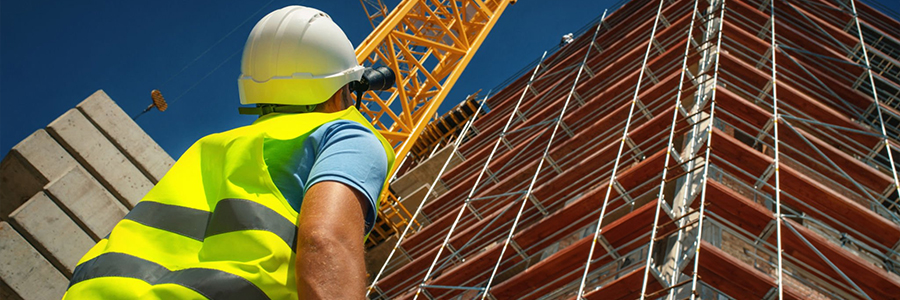
Final Thoughts
Tower cranes are a sign of progress, but they can quickly become a source of danger if their base is left exposed or surrounded by flammable materials.
By replacing combustible barriers with safe, secure alternatives — and ensuring unauthorised access is prevented — contractors can reduce serious risks, comply with UK regulations, and maintain control over site timelines and safety.
In the end, secure crane barriers aren’t just about meeting legal obligations. They’re about protecting lives, preserving reputations, and building safer projects from the ground up.



 London Urban Climbers Incident (2017)
London Urban Climbers Incident (2017)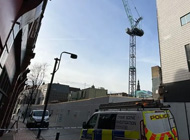 Man Dies after Falling from Building Site Crane – Leeds (2024)
Man Dies after Falling from Building Site Crane – Leeds (2024)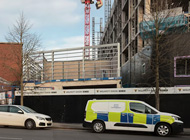 Trespasser Dies in Crane Fall – Willmott Dixon Site (2025)
Trespasser Dies in Crane Fall – Willmott Dixon Site (2025)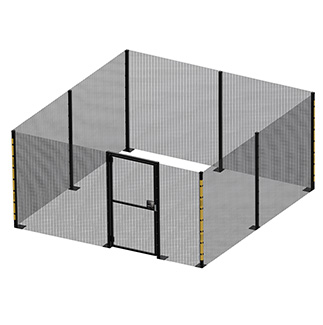 SiteGard CraneGard
SiteGard CraneGard